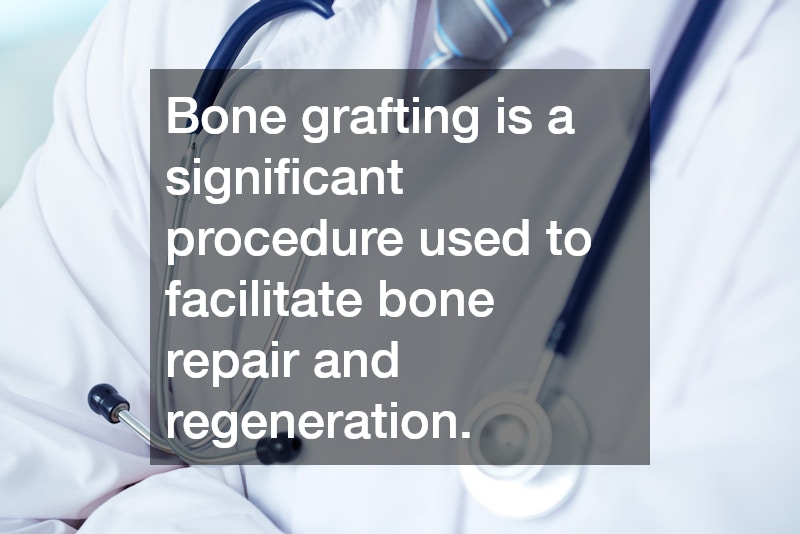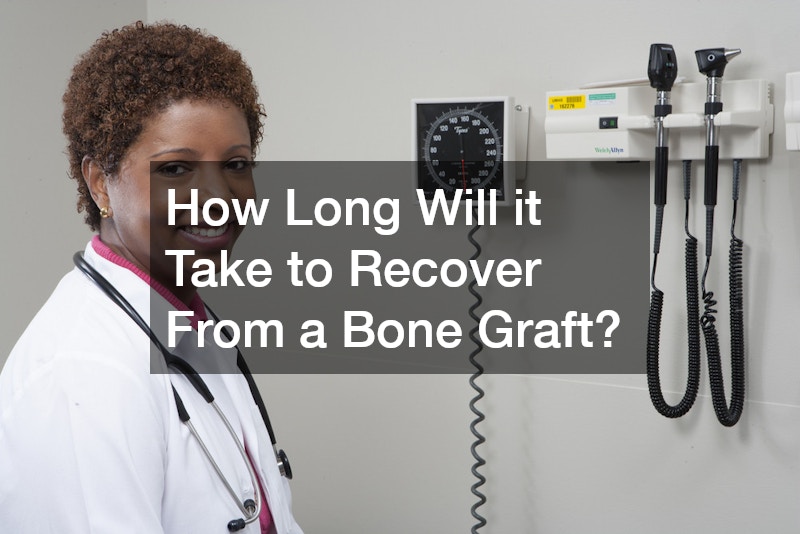Bone grafting is a significant procedure used to facilitate bone repair and regeneration. It’s commonly involved in dental, spinal, and orthopedic surgeries to support bones that are not fully developed or have sustained damage. Understanding the process is crucial as it often plays a pivotal role in the recovery timeline.
The type of bone graft used, whether it’s autograft, allograft, or synthetic, can significantly influence the recovery period. Most grafts involve taking healthy bone material from another part of the body or using a synthetic substitute to promote healing. The doctor’s choice will depend on the treatment goals, patient preferences, and the specific area needing repair.
It’s important for patients to be prepared and informed about the procedure and its expected outcomes. Many factors can affect the recovery, including the patient’s age, the general health, and the extent of the surgery. A successful bone graft focuses on enabling healthy bone repair that will support future functionality.
Factors Affecting Recovery Time
Recovery time from a bone graft varies widely based on several factors. The location and size of the graft are primary considerations, as areas under less mechanical stress will usually heal faster. Furthermore, patients’ overall health and lifestyle habits heavily influence recovery.
For instance, non-smokers generally experience quicker bone repair compared to smokers due to better blood circulation. Maintaining a balanced diet rich in calcium and vitamin D can also facilitate the bone healing process significantly. Compliance with postoperative instructions and attending regular follow-up appointments are critical to monitoring progress.
Additionally, any pre-existing conditions such as osteoporosis or diabetes can lengthen recovery times. The body’s ability to regenerate bone tissue is hindered in these cases, requiring more comprehensive medical oversight. As such, doctors often tailor recovery plans to suit individual medical backgrounds and needs.
Expected Recovery Timeline
Generally speaking, initial recovery from a bone graft may take between two weeks to three months. During the first two weeks, patients are advised to limit movements and follow a specific care regimen to protect the graft site. Pain and swelling are expected, but this can typically be managed with prescribed medications.
After the initial phase, the graft begins integrating with the surrounding bone, a process that can extend up to several months or longer. This phase is known as the remodeling process, during which new bone cells start to grow, enhancing stability and strength at the graft site. The timeline can vary widely depending on individual healing rates and the complexity of the initial surgery.
In many cases, full integration and recovery of the graft site are marked by restored function and strength, appearing complete within a year. At this stage, patients are often cleared to resume all regular activities without restrictions. However, it’s vital to maintain regular follow-ups with healthcare providers to monitor progress and address any issues promptly.
Postoperative Care for Bone Graft Success
Success in bone graft recovery is largely contingent on effective postoperative care. Patients need to adhere to their surgeon’s recommendations strictly, which often include rest, medication schedules, and potentially dietary adjustments. Consistent care aids in minimizing complications and ensuring optimal bone repair.
Regular physiotherapy may be prescribed to aid in regaining strength and function around the graft site. Exercise regimens are typically gradual and controlled to foster safe rehabilitation. Ensuring that healing progresses well can lead to enhanced long-term outcomes and prevent future complications.
Any signs of localized infection or unexpected pain should prompt immediate medical attention. These signs can indicate complications that might impede recovery if not addressed promptly. Securing strong communication channels with healthcare providers strengthens the recovery process and mitigates potential risks.
Conclusion
The timeline for recovering from a bone graft can vary greatly, influenced by the complexity of the surgery and individual health factors. On average, the healing phase can range from two weeks to a year, making it imperative for patients to follow personalized care plans. With proper management, patients can anticipate successful bone repair resulting in enhanced function and stability.
An understanding of the procedure, combined with proactive healthcare measures, ensures optimal recovery outcomes. Success hinges on cooperation between patient and provider, commitment to lifestyle adjustments, and adherence to recommended care regimens. Ultimately, with patience and proper care, a bone graft can significantly improve quality of life after injury or surgery.
.



